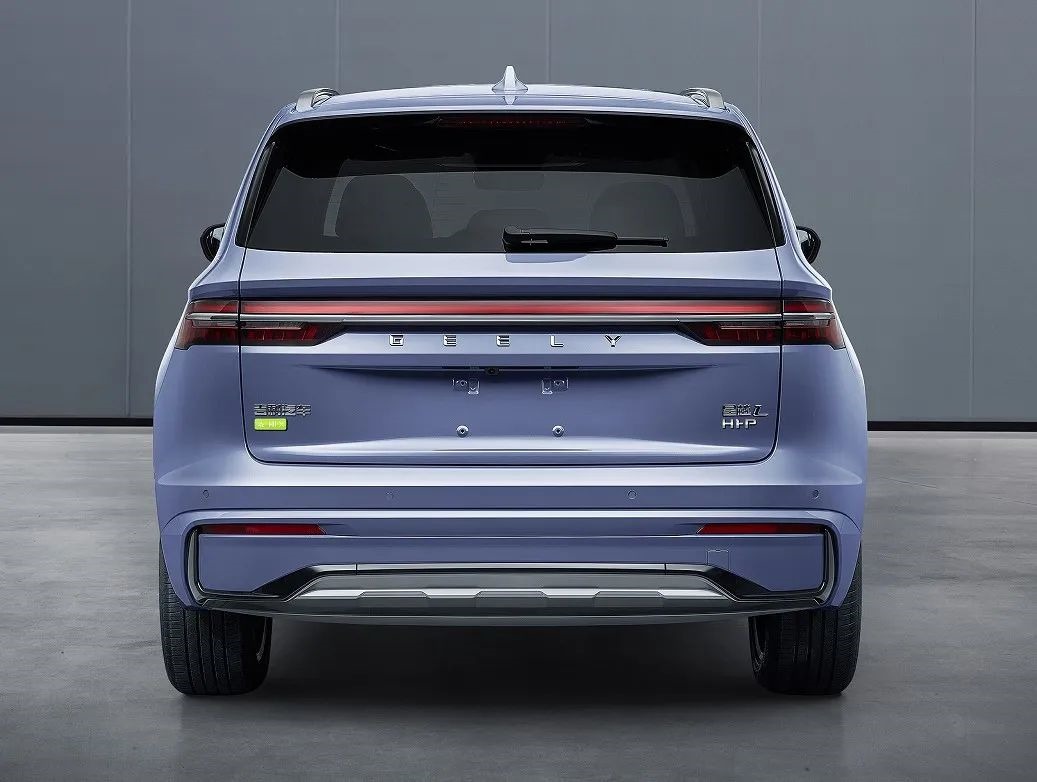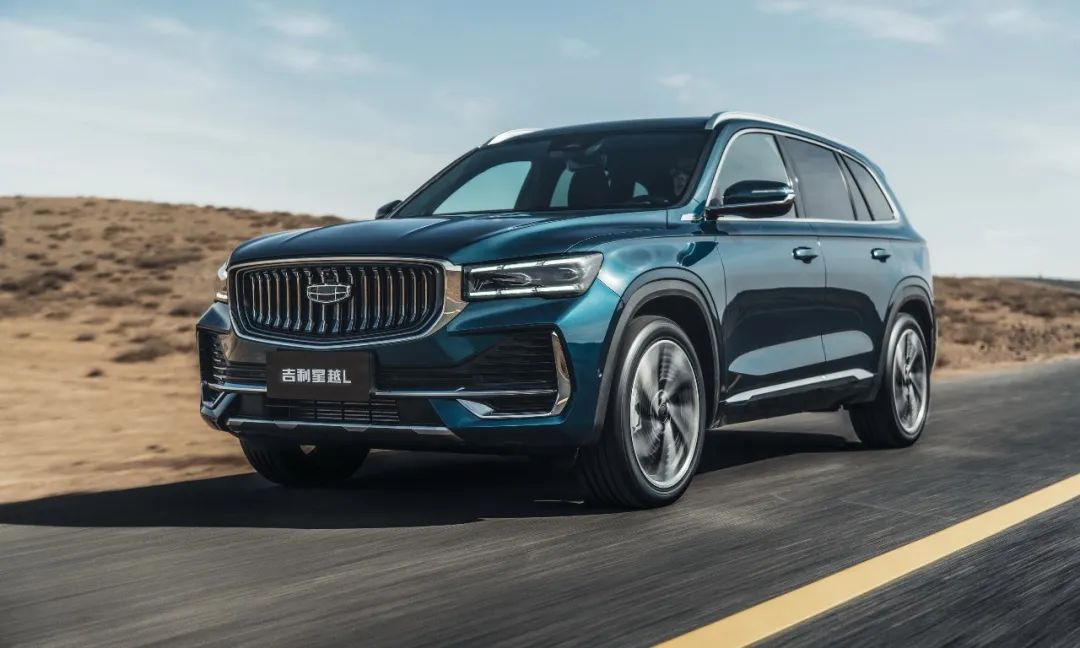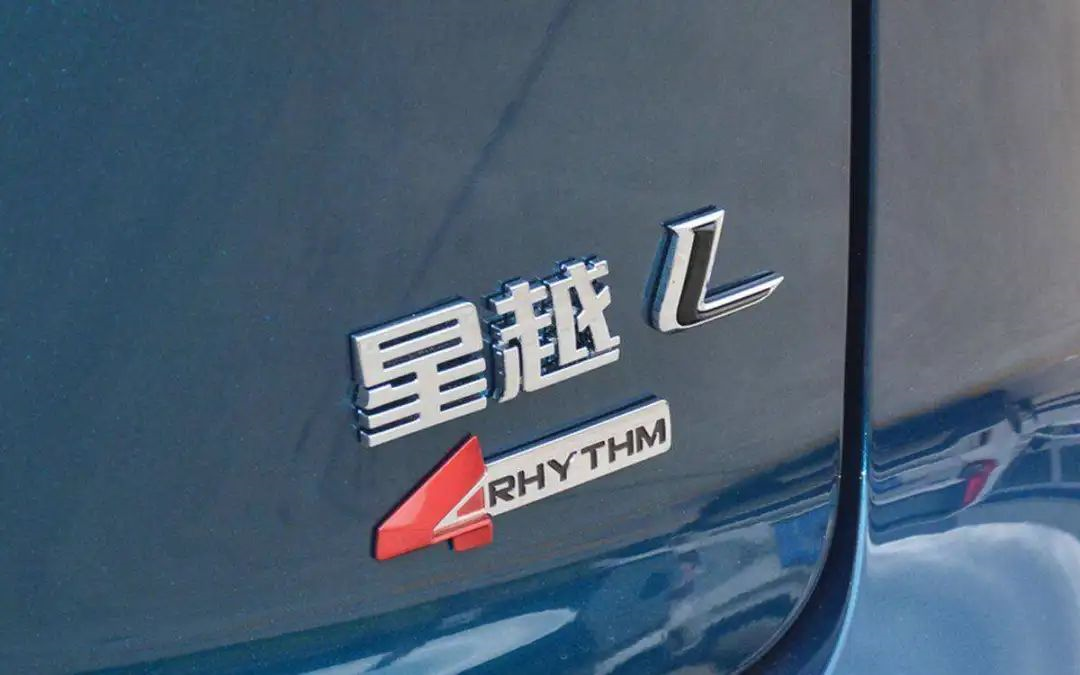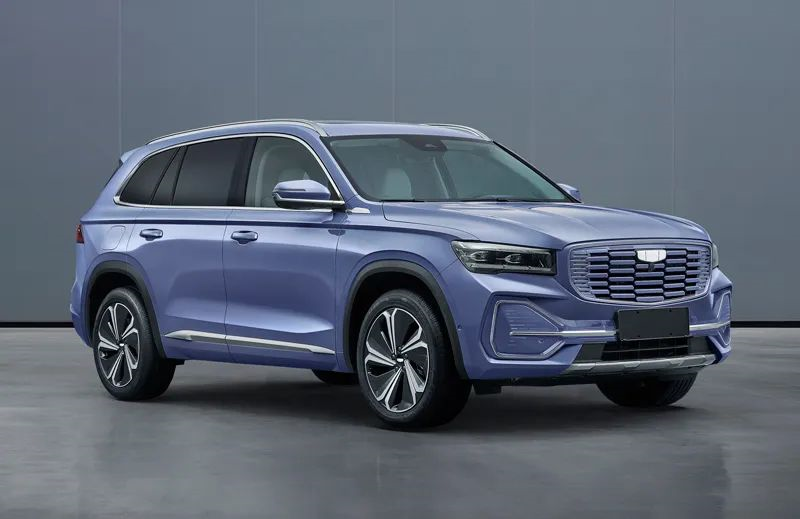Author: Rezz
“Hybrid power is transitional technology!” I believe you have heard similar statements before. However, in a wave of negativity, the market for hybrid vehicles, especially plug-in hybrid vehicles, is becoming more and more lively.
After all, under the dual pressure of rising fuel prices for traditional gasoline vehicles and range anxiety for fully electric vehicles, hybrid vehicles that meet these two major pain points have become the best choice.
A few years ago, the domestic hybrid market was dominated by Japanese brand “Toyota”. In recent years, a series of independent brands such as Geely, BYD, Great Wall, and Changan have also begun to focus on hybrid models. Even in the PHEV plug-in hybrid sub-segment, popular models such as the Ideal ONE and AITO W5 have emerged, each with monthly sales exceeding 10,000 units. This has also caused PHEV models to emerge like bamboo shoots after a spring rain.
Recently, the Ministry of Industry and Information Technology announced a new PHEV contender – the Star Yue LPHEV version.

If choosing a PHEV model used to be like betting on a horse race with range extender technology and the fuel consumption of gasoline vehicles and range of fully electric vehicles, with the introduction of new models, the competition between PHEV models has also begun.
1350 km of range: two-way movement of power battery and engine
PHEV models have always had a great selling point, “range exceeding 1,000 kilometers”. In this range exceeding 1,000 kilometers, the generator contributes the vast majority, and the pure electric range is usually just a small part. Although the pure electric range is not long, it is enough for commuting, and although the range extender mode consumes fuel, it is at least more cost-effective than traditional gasoline vehicles. This is the real thought of many PHEV model users.
It also often raises questions: if the pure electric range is longer, if the range extender mode is more fuel-efficient, would it be better?
Recently, the Ministry of Industry and Information Technology announced the application information about the Star Yue LPHEV version, which uses the DHE-15 hybrid engine, allowing the NEDC range of the Star Yue LPHEV version to reach a stunning 1350 kilometers, including an all-electric range of more than 240 kilometers. Even in front of PHEV models with ranges exceeding 1,000 kilometers, the 1350-kilometer range is still a leader.

Such a long-range includes contributions from both power battery for pure electric range and the improved thermal efficiency of hybrid-specific engines.The Geely Star of Stars L Lei Shen Hybrid (PHEV) is equipped with a DHE-15 (1.5TD) hybrid engine. Utilizing advanced technologies like 350bar high-pressure direct injection, turbocharging intercooling, Miller cycle, and low-pressure EGR, the engine achieves higher combustion efficiency with a thermal efficiency of up to 43.32%, covering almost half of the high-efficiency area. This means that every drop of oil is used to its maximum potential, resulting in lower fuel consumption and better environmental protection.
What does 43.32% thermal efficiency mean? The thermal efficiency of gasoline engines is generally between 30% and 40%, and the thermal efficiency of mass-produced engines is usually between 30% to 38%. In recent years, with domestic brands focusing on hybrid engines, some brands have reached a thermal efficiency of 40%. However, each 0.1% or 0.01% increment beyond 40% is becoming increasingly difficult.
High thermal efficiency ensures higher fuel economy, lower fuel consumption and emissions, and longer driving range. Coupled with efficient energy recovery technology and a 40kwh battery, the Star of Stars L PHEV achieves an NEDC driving range of 1350 km, with a pure electric driving range of more than 240 km.
What does a 240+ km electric driving range mean? Taking me as an example, commuting from work to home is about 40 kilometers round trip. A pure electric driving range of 240+ kilometers means that the car does not need to be charged during the work week. With an increase of several dozen kilometers of pure electric driving range from 150km or 180km to 240+km, users do not have to worry about charging during the workweek.
Even if the driving range is running low during the weekend, you do not have to worry. You can charge the car at home or at the mall. With both gas and electric options, filling up the gas tank provides peace of mind for long-distance travel.
As a PHEV model, the 200+ km driving range is almost the top of the purely electric driving range league. Comparatively, the BYD Tang DM-i, a hybrid SUV with an NEDC driving range of over 250+km, is priced at CNY 279,800. The price of the Geely Star of Stars L Lei Shen PHEV version is expected to be around CNY 280,000.
The Power of Technology: How to Stand Out in the PHEV Market?
Two years ago, neither of us could have imagined that PHEV models, once overlooked, could accommodate two models with monthly sales exceeding 10,000. For newcomers, this is both an opportunity and a challenge.
On the one hand, users are more aware of and more accepting of PHEV models; on the other hand, new entrants also need to come up with stronger product power to win over consumers.
Looking at the energy-saving feature that PHEV models are most praised for, the Lynk & Co 05 L PHEV not only uses a large battery pack and a specially designed engine with high thermal efficiency, but also has an efficient and environmentally friendly hybrid system that allows this SUV with a 2845mm wheelbase to accelerate from zero to 100 kilometers per hour in about 7 seconds, and even with depleted power consumption, it only requires 5.3 liters of fuel per 100 kilometers. This power consumption when the battery is depleted exceeds that of its Japanese hybrid opponents in the same class, reaching the lowest level in the same class.
In the low-speed start-up stage, the system tends to use pure electric drive, achieving the best balance between driving smoothness and fuel economy. On urban roads with frequent stops and starts, it also provides drivers with the same driving experience as pure electric vehicles. In addition, up to 148 key NVH optimization projects create a serene atmosphere for the Lynk & Co 05 L PHEV hybrid comparable to that of luxury SUVs, and significantly enhances passenger comfort.
Another cutting-edge technology of the Lynk & Co 05 L PHEV is the hybrid-specific 3-speed DHT Pro transmission. Lynk & Co’s DHT Pro is the intelligent energy control center for the entire hybrid system, with high integration of six components including dual motors, transmission, and electronic control units, weighing only 120kg but providing high efficiency to reduce the loss rate of oil-electric hybrid power, achieving a maximum output torque of 4920N·m at the wheel end.
During my test drive of the Lynk & Co 05 L PHEV Thunderbolt hybrid, I often noticed that the DHT frequently switched quickly between gears 1, 2, and 3, but without any noise, and the cooperation between the hybrid systems was extremely tight and dense, often making it difficult to discern whether I was driving a gasoline car or a pure electric car, until I checked the work mode on the LCD instrument panel to sense the intervention of the hybrid system.
 ## Introduction
## Introduction
The Xingyue L Hi・F model equipped with a 3-cylinder hybrid electric transmission DHT Pro is capable of intelligent control at speeds of 20km/h or less, providing a purely electric driving experience with zero fuel consumption. At speeds between 20-70km/h, the intelligent control adjusts the oil-electric distribution ratio to maximize energy efficiency and lower energy consumption. When traveling at speeds between 80-120km/h, the third gear high-speed mode is activated to optimize engine and motor efficiency, resulting in exceptional fuel economy.
Overall, the Xingyue L PHEV model with a hybrid system provides a long-lasting battery life that caters to the daily and long-distance travel requirements. Furthermore, it satisfies the need for power and fuel economy with its hybrid-specific transmission. This has given the Xingyue L PHEV model an edge over its competitors.
Conclusion
It seems that “brand enhancement” is the central theme among Chinese automakers this year, regardless of autonomous or new vehicle brands. Each of these automakers strives to enter the high-end market by introducing high-end models, creating new sub-brands, and collaborating with other industries. For Geely, the Xingyue L PHEV model, along with a series of “Chinese Star” models, is likely the best approach to brand enhancement.
Firstly, they utilized core technology to develop competitive products and create a brand. The Xingyue L Hi・F hybrid, Xingyue L PHEV plug-in hybrid, Xingrui, Xingyue S, and other “Chinese Star” models have been launched as a part of this endeavor.
Secondly, by understanding customer needs, they explored the market opportunities and rolled out high-end products, earning consumer acceptance. As of the end of August, the cumulative sales of “Chinese Star” models exceed 410,000 units.
Finally, by innovating technology, they aim to improve their product line and deliver more competitive models, enhancing their high-end product matrix. The Xingyue L PHEV is the third and most important step in China Star’s “brand enhancement” journey, targeting the booming high-end PHEV SUV market.“`

As hybrid technology becomes more abundant and mature, all manufacturers are becoming more outstanding and capable, and consumers’ demand for PHEV models or hybrid models with a larger range is also increasing. In addition to a series of conventional needs such as endurance, energy saving, power, smoothness, etc., consideration for domestic user habits, vehicle workmanship and materials, and even brand trust and product design styles are all included in the competition of PHEV models.
In this war of hybrid models, what is needed is more multidimensional thinking from the perspective of consumers, like the Geely Star Journey L, in order to truly win the dominant power of the future new energy market.

“`
This article is a translation by ChatGPT of a Chinese report from 42HOW. If you have any questions about it, please email bd@42how.com.
